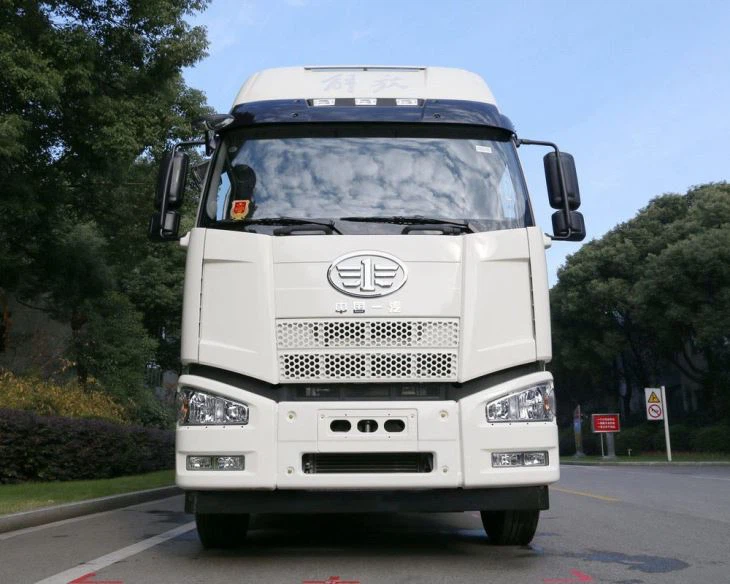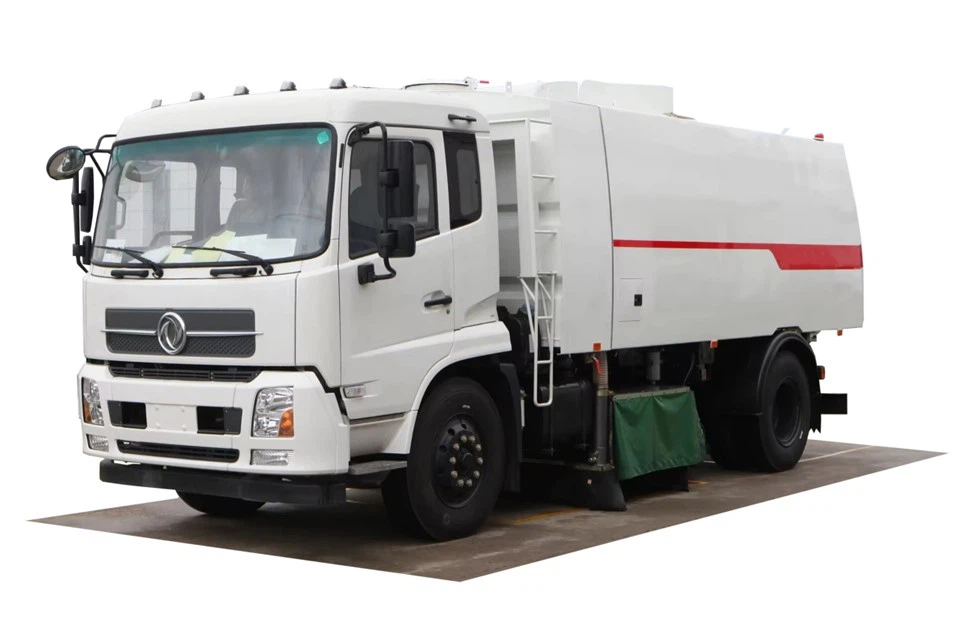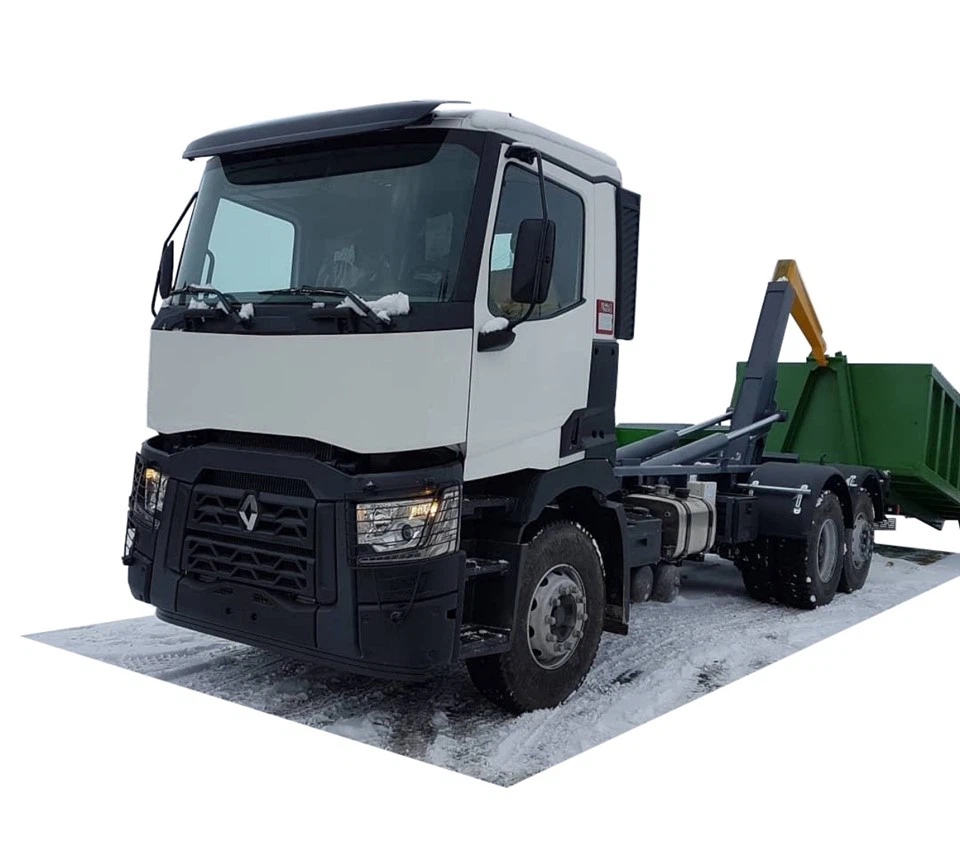Everything You Need to Know About Vacuum Tanker Parts

Vacuum tankers are essential vehicles used in various industries for transporting liquids and sludges. Understanding the parts of vacuum tankers ensures efficient operation and enhances safety and reliability. This article will explore the different vacuum tanker parts, their functions, maintenance tips, and answers to common questions.
Understanding Vacuum Tankers
Vacuum tankers are specialized vehicles designed to suction and transport liquids, generally wastewater, septic sludge, and other semi-liquid materials. They use suction to collect and secure liquids, making them incredibly useful in industries such as sanitation, construction, and agriculture.
How Vacuum Tankers Work
The operation of a vacuum tanker relies on a few critical components that work together to create a vacuum, collect, and transport the liquid effectively. Understanding how these parts function is essential for anyone working with or maintaining vacuum tankers.
Key Parts of Vacuum Tankers
1. Vacuum Pump
The vacuum pump is the heart of the vacuum tanker system. It generates the necessary suction to draw liquids into the tank. Common types of vacuum pumps used include:
- Rotary Vane Pumps
- Diaphragm Pumps
- Claw Pumps
Each of these pumps has its advantages, depending on the application and required suction capacity. Regular maintenance is crucial to ensure optimal performance.
2. Vacuum Tank
The vacuum tank is a sealed container where the collected liquid is stored. Made from durable materials to withstand corrosive substances, the tank’s capacity can vary widely depending on the needs of the operation. Maintenance includes inspecting for leaks and ensuring that the tank can withstand pressure changes.
3. Hose and Fittings
The hoses used in vacuum tankers connect the vacuum pump to the tank and to the suction ports. They must endure both vacuum pressure and the corrosive properties of the materials being transported. Selecting the right materials for hoses, such as rubber or PVC, is vital for safe operations.
4. Control Valves
Control valves manage the flow of liquids into and out of the vacuum tank. They ensure that the vacuum system operates smoothly and safely, preventing overflow and spills. Regular checks are essential to maintain their functionality.
5. Filters
Filters are crucial for preventing contaminants from entering the vacuum pump and damaging its components. They should be checked and replaced regularly to maintain efficient operations and prolong pump life.
6. Safety Equipment
Safety equipment includes pressure relief valves, overfill protection alarms, and vacuum gauges. These components ensure the safety of operators and prevent catastrophic failures. Regular inspection and prompt repairs of safety equipment are vital parts of tank maintenance.
Maintenance of Vacuum Tanker Parts
Regular Inspections
Frequent inspections of all vacuum tanker parts are essential for ensuring longevity and efficient operation. Create a maintenance schedule that includes:
- Visual inspections for leaks and cracks
- Performance checks of pumps and valves
- Replacement of hoses and filters when they show wear
Lubrication
Proper lubrication of the vacuum pump and moving components is necessary to reduce friction and wear. Always use the manufacturer-approved lubricants for best performance.
Cleaning
After each use, the tank should be thoroughly cleaned to prevent any residue buildup that can lead to corrosion or contamination of the next load. Use high-pressure water and appropriate cleaning agents based on the transported material.
Examples of Applications for Vacuum Tankers
1. Wastewater Management
Vacuum tankers are often used in municipal wastewater management to collect sewage and transport it to treatment facilities. Their ability to handle large volumes makes them ideal for this purpose.
2. Septic Service

Septic service companies use vacuum tankers to pump out septic tanks. Timely maintenance and transport are crucial to ensure the proper functioning of septic systems.
3. Industrial Applications
In industries like construction and demolition, vacuum tankers help manage slurries and waste by efficiently removing excess materials from job sites.
Choosing the Right Vacuum Tanker Parts
Considerations for Selection
When selecting parts for a vacuum tanker, consider the following factors:

- Compatibility with existing systems
- Material resistivity based on the transported substance
- Cost-effectiveness and availability of parts
Quality Standards
Always choose parts that meet industry standards to ensure durability and safety. Certifications from recognized bodies can provide assurance of quality.
Common Issues and Troubleshooting
1. Loss of Vacuum Pressure

A common issue may be a loss of vacuum pressure due to leaks in hoses or fittings. Inspecting seals and connectors can often resolve this problem.
2. Clogged Pumps
Pumps can become clogged with debris or sludge. Regularly cleaning the filters and ensuring that only appropriate materials are pumped can prevent this issue.
3. Overheating of the Pump
Overheating is often caused by insufficient lubrication or pump strain. Regular maintenance checks and proper usage will help mitigate this issue.
Industry Regulations and Compliance
Environmental Regulations
Vacuum tankers must comply with environmental regulations concerning liquid transport. Understanding local and federal regulations is essential for operators to avoid legal repercussions.
Safety Standards
Safety standards require operators to maintain safety equipment and ensure that all parts are in good working order. Regular training for operators on safety protocols can significantly enhance workplace safety.
Frequently Asked Questions
1. What is a vacuum tanker used for?
A vacuum tanker is primarily used for transporting liquids, such as sewage, septic sludge, and industrial waste. It uses suction to collect and secure these materials for transport.
2. How often should vacuum tanker parts be inspected?
It’s advisable to conduct inspections at least every 6 months, or more frequently if the vehicle is used regularly or under heavy loads.
3. What types of vacuum pumps are available?
Common types of vacuum pumps for tankers include rotary vane pumps, diaphragm pumps, and claw pumps, each with specific applications.
4. How can I ensure the safety of my vacuum tanker operations?
Safety can be improved by conducting regular inspections, ensuring proper training for operators, and utilizing quality safety equipment.
5. What maintenance should I perform on a vacuum tanker?
Regular maintenance includes inspecting and cleaning the vacuum pump, replacing filters, checking hoses for wear, and ensuring that safety equipment is functional.
6. Can I repair vacuum tanker parts myself?
Some minor repairs can be conducted by knowledgeable personnel. However, for complex issues, it’s best to consult a certified technician to ensure safety and compliance.
